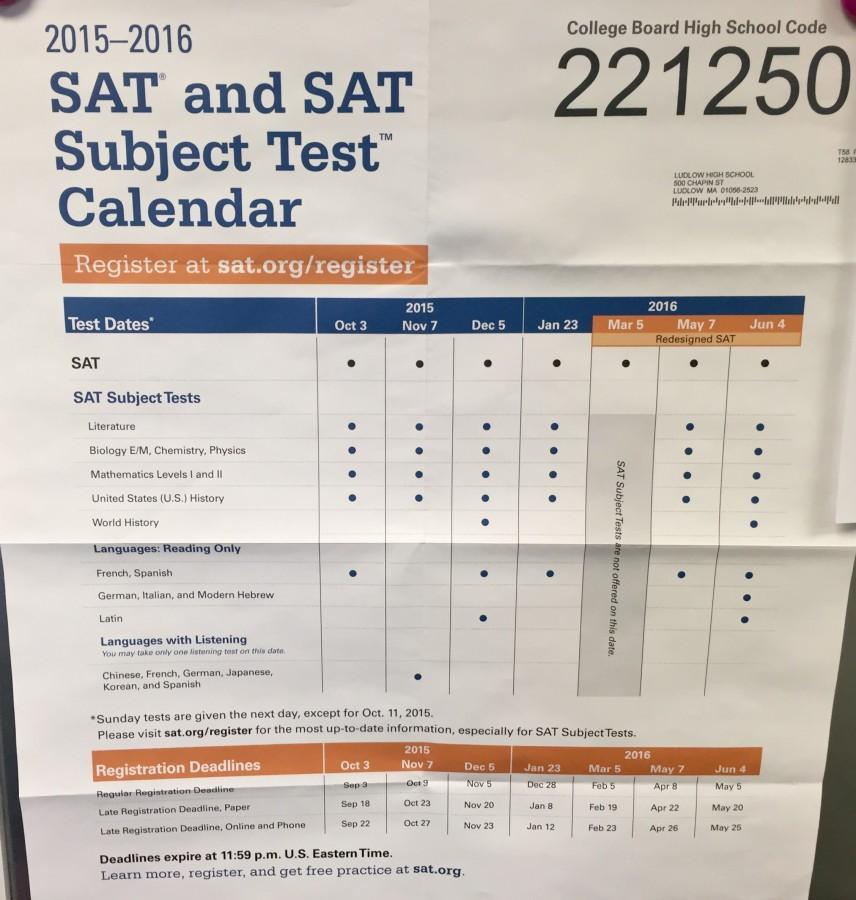College Board Introduces New SAT
March 29, 2016
The new SAT was introduced this March, and it featured whole new and different look to it.
Instead of the test containing three sections, there will now only be two. These two include Math and Evidence-Based Reading and Writing. Both will be scored on a 200-800 scale. There will also no longer be any penalties for guessing; the odds will be better for students. Furthermore, the test will better reflect what the students have learned in high school.
“I am excited to see how the new version will be testing students on what’s going on in class. It’s more relative,” says Guidance Counselor Christina Dionne. “I am happy to see that students won’t be penalized anymore for guessing.”
Although this exam won’t be a mirror image of the ACT, they both are becoming more similar. Now the Evidence-Based Reading and Writing test will no longer ask students to complete sentences, they’ll now have to derive, or obtain something from a specific source.The required essay will now be optional. And, instead of remembering definitions from vocabulary, the students will have to read a passage and choose an answer based on context.
“I am also excited to see how the ACT and SAT are becoming more similar,” says Dionne.
The math section will require more reading; less questions will be based on equations and there will be more word problems. As for what type of math you’ll see on this test, Geometry is fading away and there will be more Algebra included.
According to The New York Times’s “Everything You Need to Know About the New SAT,” they say to prepare for linear equations, inequalities, and systems of equations in two variables.
In addition, the math test will cover material from a significant number of courses, making it more difficult for students to take the SAT early. One part in the math test will forbid the use of a calculator.
The New York Times article suggests that students who usually use calculators in math class should practice using pencil and paper to tackle calculations, instead of relying on a calculator.
With all of these new changes, the three-hour and fifty minute testing time period is one thing that won’t change.
A familiar question people ask is if this new test is harder than the old version. The answer to that is no according to The New York Time’s article, but that doesn’t mean students won’t stumble over a few of these new changes. Just like the old version, the test will be measuring how the students perform under pressure in a high-stake situation
The upcoming test dates are April 9, 2016, and June 11, 2016. While the deadline for the April exam has passed, students have until May 6 to register for the June test.


